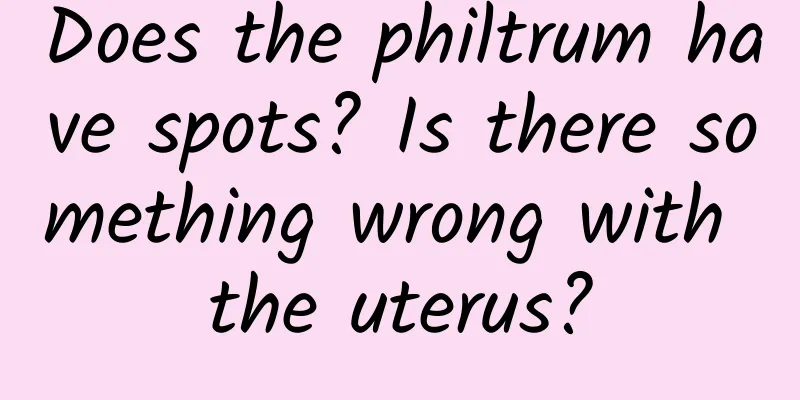Is pterygium surgery risky?

|
Surgery is a common method for treating pterygium, but many patients worry about the risks involved in the surgery. In fact, surgery has certain risks and is prone to complications, so it must be handled and dealt with correctly. 1. When cutting and separating the pterygium tissue on the corneal surface , it must be thoroughly clean; the corneal surface after peeling off the pterygium tissue should be clean and smooth, without any residual vascular fibroproliferative tissue and no rough small concave surfaces. This is an effective measure to prevent recurrence. When removing residual tissue on the corneal surface, it is important to limit the removal to the surface or very shallow layer of the cornea, and minimize damage to the corneal parenchyma. Otherwise, the cornea may become deformed and astigmatism may occur due to the formation of corneal scars after surgery, causing unnecessary pain to the patient. 2. When peeling off the pterygium tissue from the surface of the cornea, do not go too deep, do not enter the deep layer of the cornea, and do not penetrate the cornea. If aqueous humor is found to be outflowing from the corneal wound during the operation, it means that the cornea has been perforated. The peeling should be stopped immediately, and the corneal wound should be carefully examined to find the perforation and make a tight suture under a microscope. At the same time, it should be treated as a perforation of the eyeball. 3. When separating the pterygium from the inner canthus to the plica semilunaris, attention should be paid to distinguishing the medial rectus tendon and its attachment to the sclera. When removing the pterygium tissue, care should be taken to protect the medial rectus muscle and never damage or cut it. To prevent accidental injury to the medial rectus muscle when removing the pterygium, use tweezers to clamp the part to be removed and do not cut it off immediately before removing the pterygium. Instruct the patient to look left and right to rotate the eyeballs, so as to determine whether the tissue clamped by the tweezers contains the medial rectus muscle tissue. If the medial rectus muscle is found to have been cut after the pterygium tissue is removed, the broken ends should be explored immediately to find the severed ends of the medial rectus muscle and reposition and suture them to the original attachment points. |
<<: How to treat vocal cord inflammation? Several methods to treat vocal cord inflammation
>>: Is strep throat contagious?
Recommend
How to treat uterine coldness, qi stagnation and blood stasis
Many female friends will face the problem of uter...
What are the clinical manifestations of spinal shock?
Spinal shock is actually not difficult to underst...
What are the main reasons for tongue blistering?
It is very uncomfortable to have small blisters o...
Is Chinese medicine effective for breast hyperplasia?
Breast hyperplasia is a relatively common breast ...
What is the cause of the child's fever and high blood count?
Fever is a common condition in children. Due to t...
What are the location and main functions of Hegu?
Hegu is an important acupuncture point in the bod...
Drink apple juice to eliminate gallstones
Apple juice is one of our favorite fruit juices. ...
Causes of high triglycerides
High triglycerides are commonly known as hyperlip...
What is the cause of stinging and burning in the eyelids?
If your eyelids feel stinging and burning, it may...
The effect of external application of magnesium sulfate powder
Magnesium sulfate is a compound with multiple use...
The most powerful Chinese medicine prescription for cancer treatment
Any disease related to cancer will make people ex...
Where can vomiting massage be relieved
People who vomit constantly will feel particularl...
What is the difference between acne and folliculitis
Many friends think that acne folliculitis is a di...
How to eat placenta powder and what to pay attention to
When I first saw the words "placenta powder&...
What kind of tea should I drink for liver and gallbladder fire
Many people have experienced a stage when their l...









